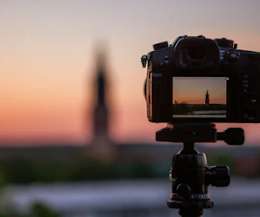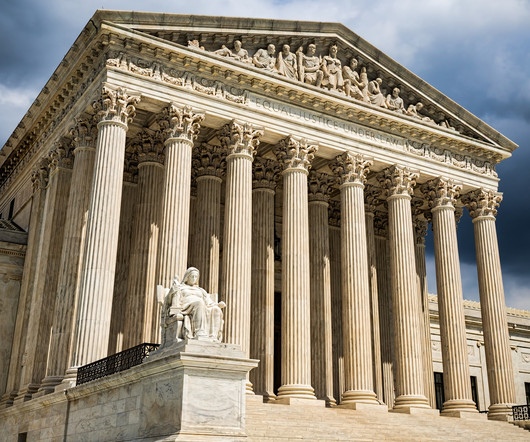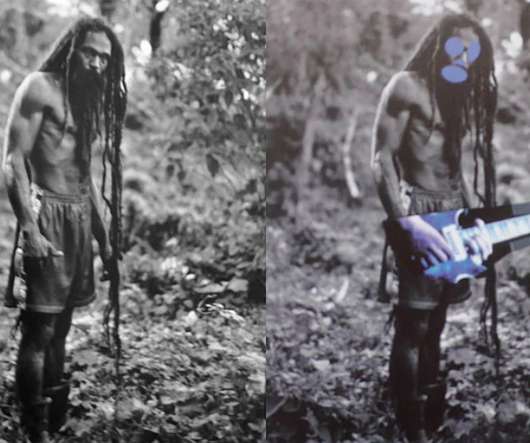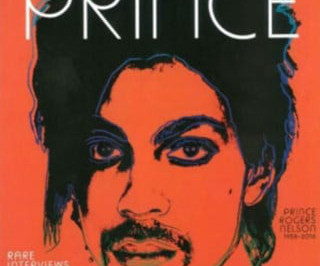[Guest Post] Long walk to copyright reform #9: The Copyright Amendment Bill ensures fair remuneration for South African creators and performers
The IPKat
APRIL 4, 2024
The CAB contains stipulations that will ensure equitable remuneration and fair share in royalties for creators of literary, musical and artistic works as well as performers of audio-visual works (clauses 5, 7, 8 and 9 of the CAB). Indeed, the CAB lives up to its core objectives as set out in its long title.
















Let's personalize your content